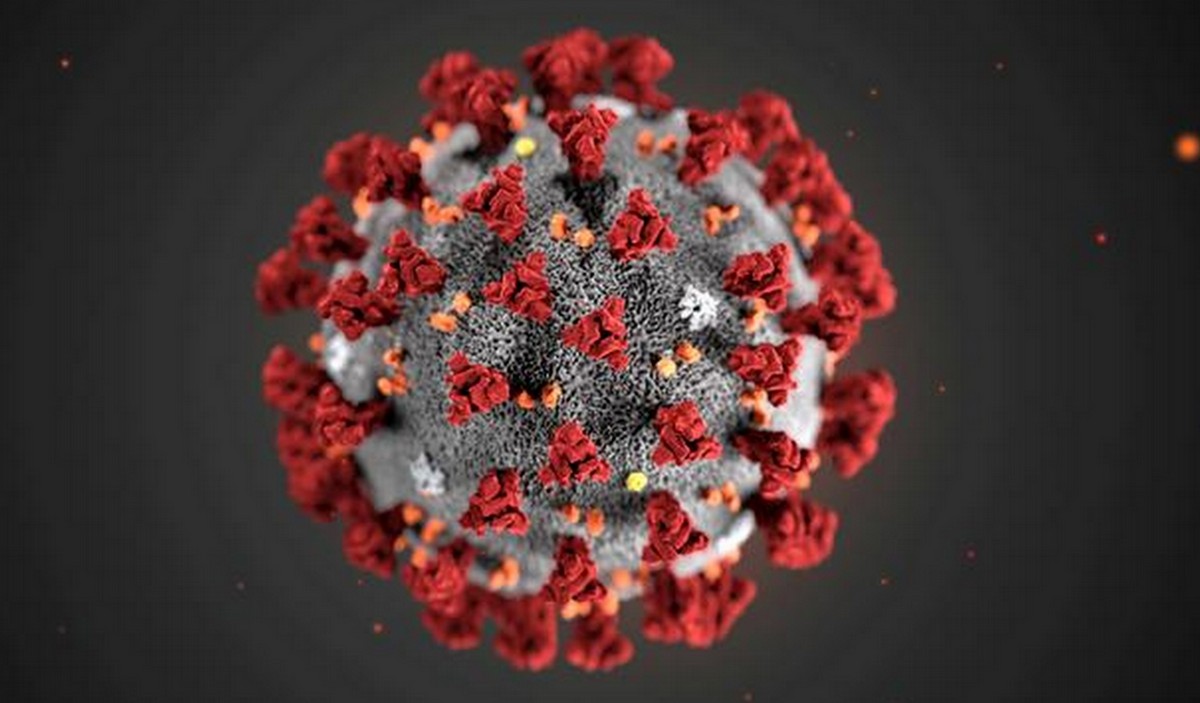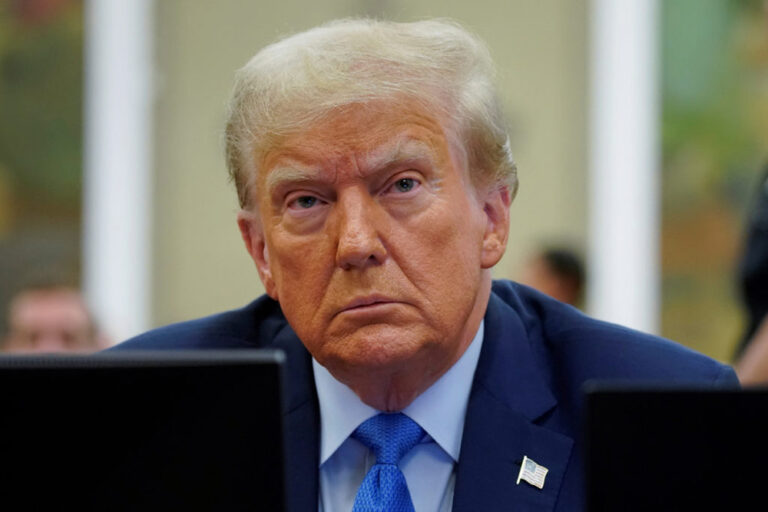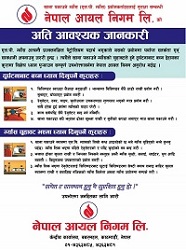Where did the coronavirus come from?

-Sumesh Bhattarai
Kathmandu . On May first week, the UN World Health Organization (WHO) declared an end to COVID-19 as a public health emergency.
After over three years of global health crisis, the WHO Director-General Tedros Adhanom Ghebreyesus made an announcement, “With great hope, I declare COVID-19 over as a global health emergency.”
The statement brought huge relief and lowered the alarm to the global population as the disease, which infected 765 million and killed nearly seven million people, no longer remained a pandemic. Though, the risk remains of new variants, at least people have returned to normal life as before 2020, and the world is trying to be back to track.
Narratives against China
However, the concern and mystery about origin of the virus still remains. There was a huge debate within and between nations about the origin, particularly, east vs west, filled with theories, accusations, blame-game, biasedness and mis- and disinformation.
The US first accused China of originating the virus and labelled it as “Wuhan virus” and “Chinese virus” and came up with the lab-leak theory. There are many analyses and reports which are misrepresented, questionable, fragmented and filled with hypothesis.
China has been stating that although China was the first to report cases, it doesn’t mean that the virus originated in China, which holds truth.
Last month, a US report on the origins of Covid-19 presented some details on the U.S. intelligence community’s findings but it doesn’t know how the Covid-19 pandemic started, as the 10-page document reveals no proof of either a lab leak or an animal host. Rather, it reflects divisions within the Intelligence Community.
Despite of lack of evidence, the US’s claims and narratives against China have continued, be it in journals or media. It has established a global narrative that the virus was from China, forcing people to accept and believe it. The disinformation campaign against the east is on rise.
But when it comes to its own experiments and initiatives, it has remained silent, and put the whole blame on China.
Experiment on bats in Ukraine
The US hasn’t addressed the claims that it itself has been experimenting with ‘bat coronavirus samples’ in Ukraine. Last year, Russia openly stated that the US is experimenting and developing biological weapons.
In a television briefing, Russian defence ministry spokesman Igor Konashenkov had stated that the “Pentagon-funded biological research in Ukraine was to establish a mechanism for the stealthy spread of deadly pathogens.” Citing the documents related to US military-biological activities in Ukraine, he said that the US ‘planned to carry out research on bird, bat and reptile pathogens’, along with on African swine fever and anthrax.
‘Biolaboratories set up and funded in Ukraine have been experimenting with bat coronavirus samples,’ Konashenkov had stated.
As per the Russian ministry, the US funded research in some 30 labs in Ukraine had experimented with the plague, along with anthrax, tularemia (rabbit fever), cholera, and other diseases. It stated that the bio-weapons programme was held close to the Russian border.
The US rejected the claim saying it as a propaganda of Russia to cover up the war.
The Russian Ministry of Defense announced materials on the military and biological programs implemented by the US and its NATO allies in Ukraine, including the transfer of biological materials from Ukrainian laboratories to Australia and Germany, bat projects, UP-4 migratory bird research projects and the capture of Ukrainian birds in Russia, and the certificate of destruction of evidence in the biological laboratory.
“Information obtained from various sources confirms that the Office of the U.S. Department of Defense for Military Threat Reduction (DITRA) has played a leading role in funding and carrying out military and biological research in Ukraine,” a report mentioned, adding “the UP-4 project implemented with the participation of biological laboratories in Kiev, Kharkov and Odessa is mainly to study the possibility of spreading dangerous infectious diseases through migratory birds, including the H5N1 influenza virus.”
Biological weapons in Georgia?
It was not the only claim that Russia made or did it the first time. But earlier before the pandemic, Russian Defense Ministry had claimed that the US was running a clandestine biological weapons lab in Georgia. It had said that the lab in Georgia was part of a network of U.S. labs near the borders of Russia and China.
Media reports from that time state that “The near simultaneous deaths of a large number of volunteers give reason to believe that the Lugar Center was researching a highly toxic and highly lethal chemical or biological agent, “citing the Russian general. It had said that spread of viral diseases in southern Russia could be linked to the activities of the Lugar Center in Georgia.
A report stated that in 2017, the US Defense Threat Reduction Agency launched a $6.5 million project called “Bats and Coronaviruses in West Asia,” with the Lugar Center serving as the local laboratory for the research.
The program, which had a duration of five years, was implemented by the U.S. nonprofit EcoHealth Alliance. The target was to collect 5,000 non-lethal bat samples from 12 west Asian countries including Turkey, Jordan and Georgia.
Experiments were also carried out to collect coronavirus from bats collected in China and Southeast Asian countries.
Similarly, as per different reports, a project was also funded to collect 850 and 650 bats in different regions of Ukraine and Georgia respectively, with research focusing on bacterial and viral pathogens that can spread from bats to humans: plague, Leptospirosis, brucellosis and filariasis.
What next?
There are hundreds of studies done, but its not clear whether the virus was a laboratory construct or a purposefully manipulated virus.
No matter, which agencies or research centers are involved and playing a leading role in these experiments, it is now certain that there is a lot of politics and filtering of evidences through own suited lens. One cannot believe a biased or one-sided narrative, and ignore all others aspects.
The debate about the origin of Covid-19 could be manipulated in own ways, but what is important is to prevent future pandemics by applying lessons learned than assigning blames. The origin issue has been entangled with existing political and geopolitical tensions, instead of scientific research and evidence, which has further complicated efforts to address the common goal of global health security.
Amid the scientific uncertainty, narratives shouldn’t be built on the basis of hypothesis or interests of a certain country. Rather, there should be international cooperation and contribution to the future development and implementation of emergency response and preparedness plans focusing on the future pandemics.
(The author is a Public health researcher interested in epidemic and pandemic study.)














